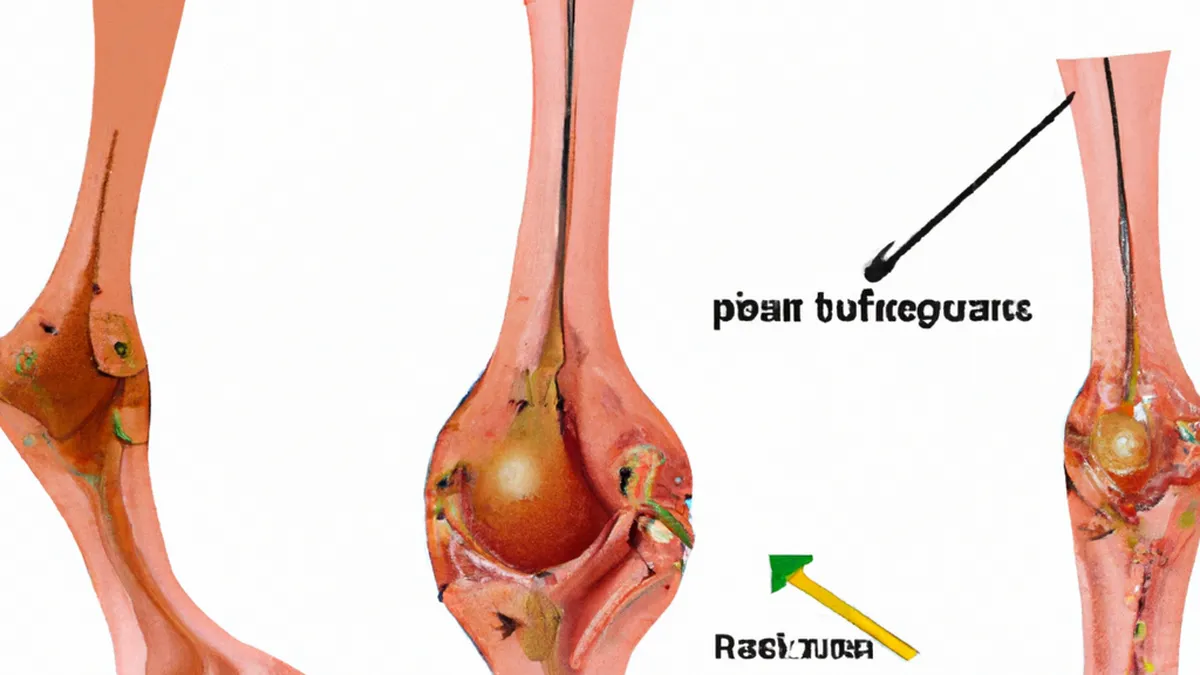Solve Coverage Issues for Knee Tendon Injuries
How to Navigate Insurance Challenges in Treating Patellar Tendinopathy
Patellar tendinopathy, or jumper’s knee, causes pain for many athletes, especially those who jump frequently, like basketball and volleyball players. This condition arises when the tendon connecting the kneecap to the shinbone inflames, leading to pain during physical activity. Recovery often challenges patients, especially regarding insurance issues for treatment options. Understanding your coverage and advocating for yourself can greatly improve your chances of receiving necessary care.
Understanding Patellar Tendinopathy
Patellar tendinopathy causes pain just below the kneecap, where the patellar tendon connects to the tibia. Patients may experience swelling, stiffness, and decreased strength, which can hinder daily activities and sports participation. Doctors typically diagnose this condition through physical exams and imaging tests like MRI or ultrasound to evaluate tendon damage.
Common Treatment Options
Treating patellar tendinopathy involves a mix of conservative and, in some cases, invasive treatments. Here are the most common options:
1. **Physical Therapy**: A structured physical therapy program is vital for recovery. A therapist evaluates your condition and creates a personalized rehabilitation plan. This plan may include exercises to strengthen the quadriceps, improve flexibility, and enhance biomechanics to reduce tendon stress.
2. **Medications**: Over-the-counter non-steroidal anti-inflammatory drugs (NSAIDs) can help manage pain and inflammation. Always consult a healthcare provider before starting any medication to ensure appropriate dosages and minimize side effects.
3. **Injections**: If conservative measures fail, doctors may recommend corticosteroid injections to alleviate inflammation. Platelet-rich plasma (PRP) injections also gain popularity for utilizing the body’s healing properties to aid tendon repair.
4. **Surgery**: In rare instances where conservative treatment fails, surgery may become necessary. This could involve debridement of the damaged tendon or tendon repair.
Insurance Coverage for Treatment
Navigating insurance coverage for patellar tendinopathy treatment can be complicated. However, understanding your options empowers you to advocate for necessary care. Follow these practical steps:
1. **Review Your Policy**: Start by reviewing your insurance policy thoroughly. Focus on sections related to physical therapy, medications, and injection treatments. Knowing your coverage specifics helps set realistic expectations.
2. **Contact Your Insurer**: Call your insurance company to clarify coverage details. Prepare questions about co-pays, deductibles, and limitations on treatment sessions. Understanding these details can prevent unexpected costs.
Conclusion
Navigating insurance challenges for patellar tendinopathy treatment requires understanding your coverage and advocating effectively.
Below are related products based on this post:
FAQ
What is patellar tendinopathy and who is most affected by it?
Patellar tendinopathy, commonly known as jumper’s knee, is a condition that causes pain just below the kneecap due to inflammation of the tendon connecting the kneecap to the shinbone. It primarily affects athletes who frequently jump, such as basketball and volleyball players, leading to discomfort during physical activities.
What are the common treatment options for patellar tendinopathy?
Treatment for patellar tendinopathy typically includes a combination of physical therapy, medications such as NSAIDs, corticosteroid or platelet-rich plasma injections, and, in rare cases, surgery if conservative measures are ineffective. A structured physical therapy program is essential for recovery, focusing on strengthening the quadriceps and improving flexibility.
How can I navigate insurance coverage for treating patellar tendinopathy?
To navigate insurance coverage effectively, start by thoroughly reviewing your policy for specifics on physical therapy, medications, and injections. Additionally, contact your insurer to clarify coverage details, including co-pays, deductibles, and any limitations on treatment sessions. Understanding your coverage empowers you to advocate for the necessary care.















Post Comment